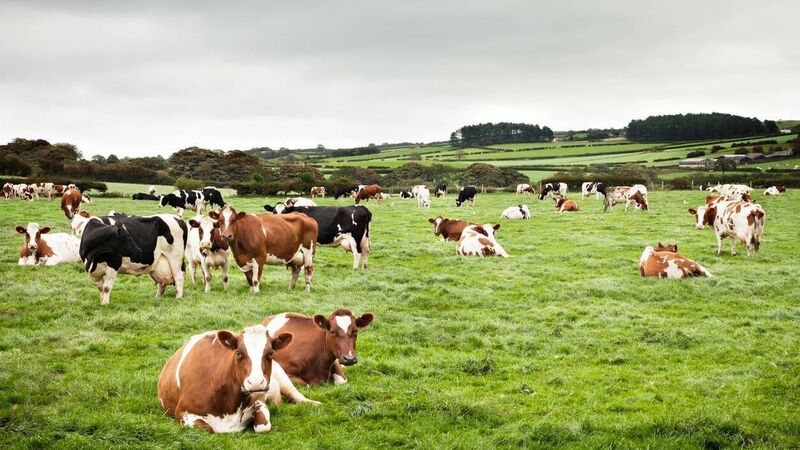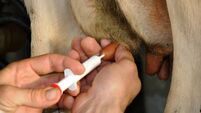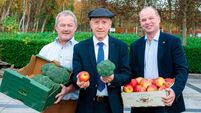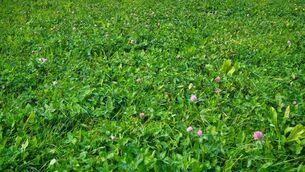Wed, 24 Aug, 2022 - 16:30
Rachel Martin Farming Editor
Agricultural emissions across the EU-27 have increased by almost a million tonnes in the last year, according to official figures published this week.
The figure is less than 0.2%, however, demonstrates the scale of the challenge for the EU to meet its commitment to become climate neutral by 2050.













